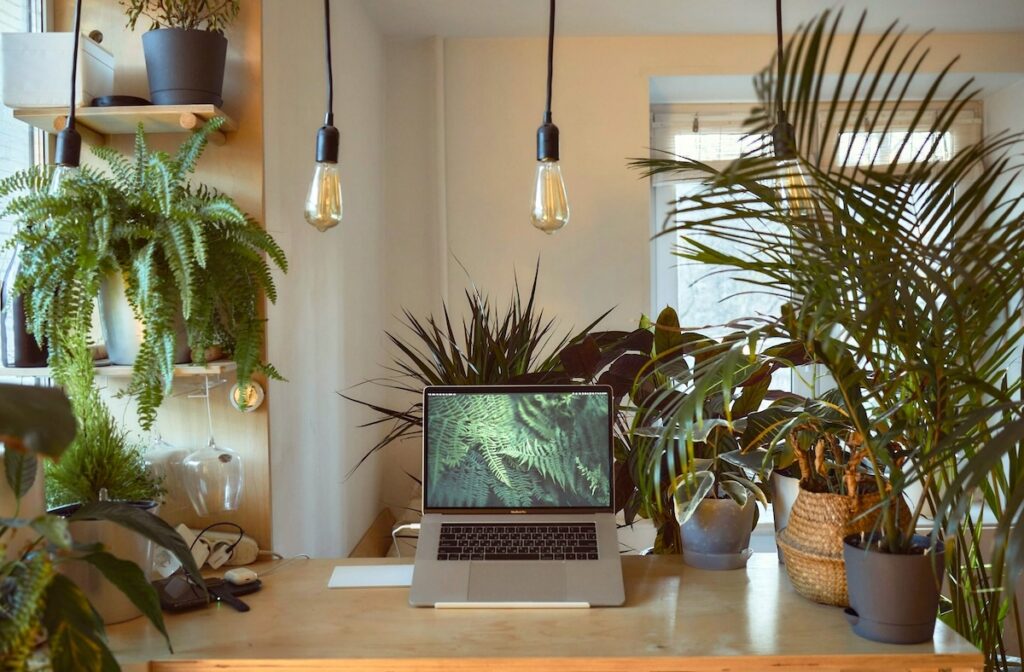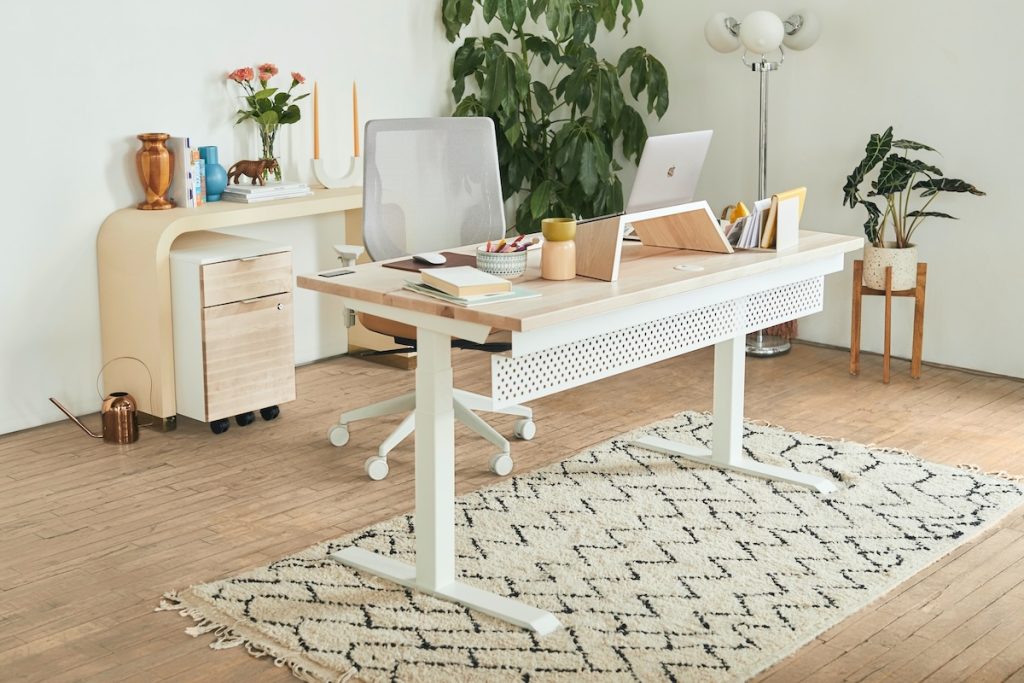
With each new study, we learn more about the power of a well-designed work environment to affect our stress levels. In a new paper, Isabella P. Douglas of Stanford University and her colleagues examine, among other things, how the presence or absence of windows, natural materials, and diverse representation in artwork can do just that.
Many designers already prioritize creating inclusive and restorative workplaces, and this study adds to the evidence supporting that priority.


